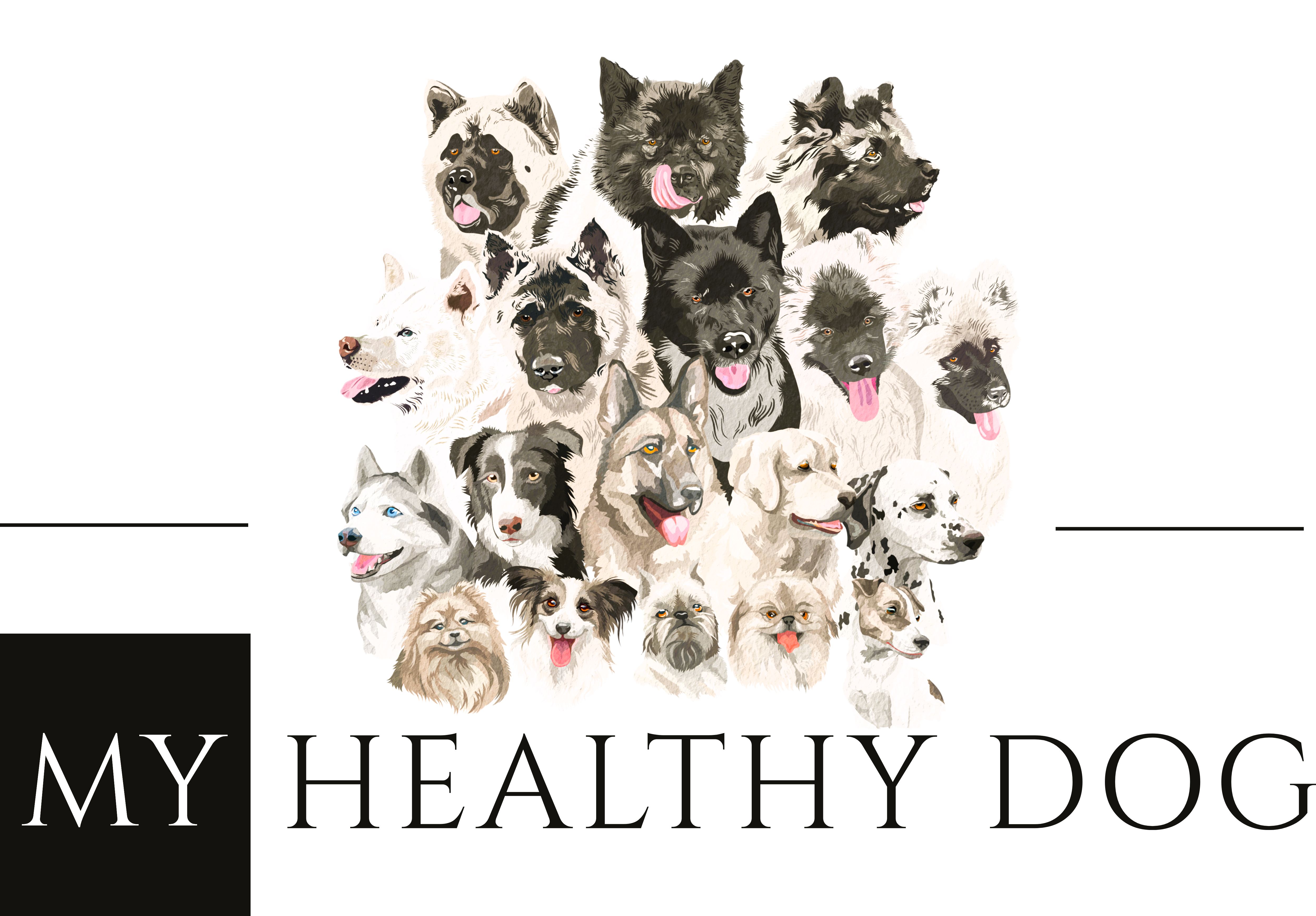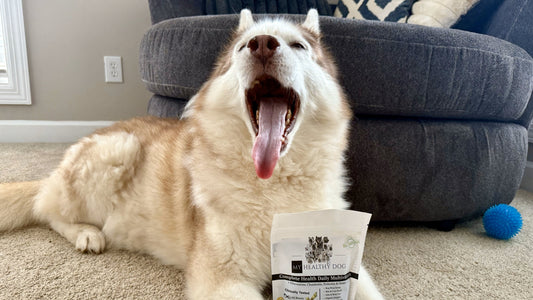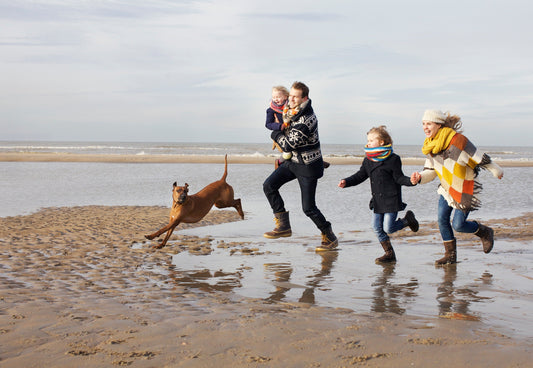The Norwegian Elkhound, with its robust build and spirited personality, is a breed that combines strength and loyalty. Known for its exceptional hunting skills and friendly nature, this Norwegian breed is both a skilled worker and a loving family companion. This article explores the detailed origins, striking appearance, and character traits of the Norwegian Elkhound, along with essential care tips to ensure these active dogs lead healthy, fulfilling lives.
Breed Summary
Origin and History
The Norwegian Elkhound has ancient roots dating back to the time of the Vikings. Developed as a hunting dog, the breed was used to track and hunt large game, such as elk and bear, in the rugged terrains of Norway. The Elkhound's keen senses, stamina, and courage made it an invaluable asset to hunters. Recognized by the American Kennel Club in 1913, the Norwegian Elkhound is celebrated for its versatility and tenacity, making it a cherished companion and working dog.
Appearance
Norwegian Elkhounds are medium-sized dogs, standing between 19.5 to 20.5 inches tall at the shoulder and weighing between 48 to 55 pounds. They have a sturdy, well-proportioned build with a dense, double coat that is typically gray with black-tipped guard hairs. Their expressive, dark eyes and erect ears add to their alert and intelligent expression. The breed's overall appearance is one of agility and strength, reflecting its working heritage.
Temperament
Norwegian Elkhounds are known for their intelligent, energetic, and loyal nature. They form strong bonds with their families and are particularly good with children and other pets. Despite their hunting heritage, they are friendly and sociable, making them excellent companions. Elkhounds are intelligent and eager to please, making them highly trainable, though they can be independent and require consistent, positive reinforcement. Their lively nature means they thrive on human companionship and can become anxious if left alone for long periods.
Health Outlook
The Norwegian Elkhound has a relatively robust health profile with a lifespan of 12 to 15 years. However, they are prone to certain health issues, including hip dysplasia, progressive retinal atrophy, and hypothyroidism. Common skin and hair conditions, such as dry, itchy skin, can also affect Elkhounds. Using a premium dog shampoo designed to moisturize and protect sensitive skin can help alleviate these issues. Such shampoos offer benefits like reducing itching, maintaining a healthy coat, and preventing infections.
Nutritional Requirements
A balanced diet is crucial for the Norwegian Elkhound's overall health and well-being. High-quality dog food rich in protein and low in fillers is ideal. Given their high activity level, Elkhounds benefit from a diet that supports their energy levels and maintains lean muscle mass. Including a complete multivitamin in their diet can ensure they receive all the necessary nutrients, supporting their immune system, joint health, and overall vitality.
Exercise Requirement
Norwegian Elkhounds are highly active dogs that require regular exercise to stay happy and healthy. Daily walks, combined with playtime and opportunities to engage in mental stimulation, are essential. Engaging in activities like hiking, agility training, obedience work, and interactive play can also provide mental and physical stimulation. Without sufficient exercise, Elkhounds can become bored and potentially develop destructive behaviors.
Pros and Cons of Owning a Norwegian Elkhound
Pros:
- Intelligent and affectionate, excellent with children and other pets.
- Highly trainable with the right approach.
- Agile and versatile, making them delightful companions.
Cons:
- Prone to certain health issues, including hip dysplasia and hypothyroidism.
- Requires regular grooming to maintain their coat.
- Sensitive and can be anxious if left alone for long periods.
Space Requirements
Norwegian Elkhounds can adapt to various living environments, but they do best in homes with access to a yard or ample space to roam. Their high energy levels and love for outdoor activities make them better suited to houses with yards.
Suitability for Elderly
The Norwegian Elkhound's gentle and affectionate nature makes them suitable companions for elderly owners, provided they can manage the breed's exercise needs. Their moderate exercise requirements and loyal nature provide great companionship for active seniors.
Suitability for Kids
Norwegian Elkhounds are good with children due to their friendly and protective nature. They are patient and enjoy the company of kids, making them a great addition to a family. Supervision is always recommended to ensure harmonious interactions, especially with younger children.
Cost
The cost of a Norwegian Elkhound puppy can range from $1,200 to $3,000, depending on the breeder's reputation and the lineage of the pup. Additional costs include food, grooming, healthcare, and training.
What Should the Owner Be Like?
Owners of Norwegian Elkhounds should be gentle, patient, and committed to providing regular grooming and mental stimulation. They should be prepared for regular training sessions and consistent, positive reinforcement to manage the breed's sensitivity and intelligence.
Fun Facts
- Records show the Norwegian Elkhound could have emerged as early as 5,000 B.C.
- The Norwegian Elkhound is one of the oldest and most versatile hunting breeds, known for its courage and stamina in tracking large game.
- This breed is celebrated in Norwegian culture and has been featured in numerous historical records and folklore.
Conclusion
The Norwegian Elkhound is a spirited and loyal breed that brings joy and companionship to any household. With their friendly nature, intelligence, and charm, they make excellent companions for families and individuals alike. While they come with some challenges, particularly in terms of grooming and sensitivity, the rewards of owning a Norwegian Elkhound are immense. For those who appreciate a blend of agility and loyalty, the Norwegian Elkhound is a perfect match.
Are you familiar with the Norwegian Elkhound or have this wonderful breed in your family?
Share your stories in the comments!
Share the Article with friends!





